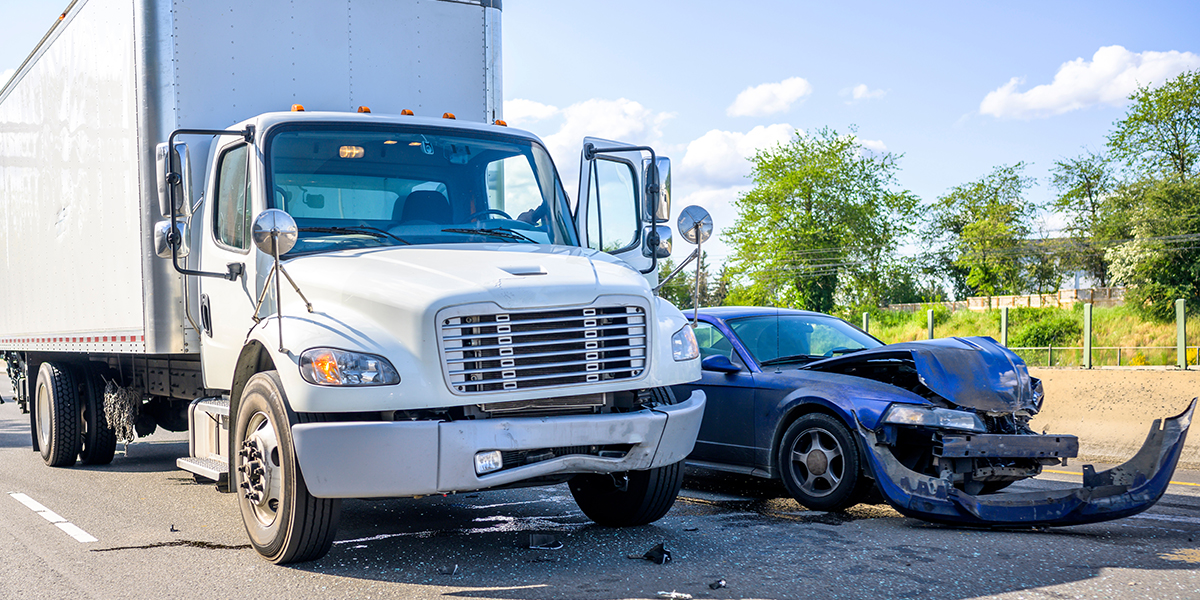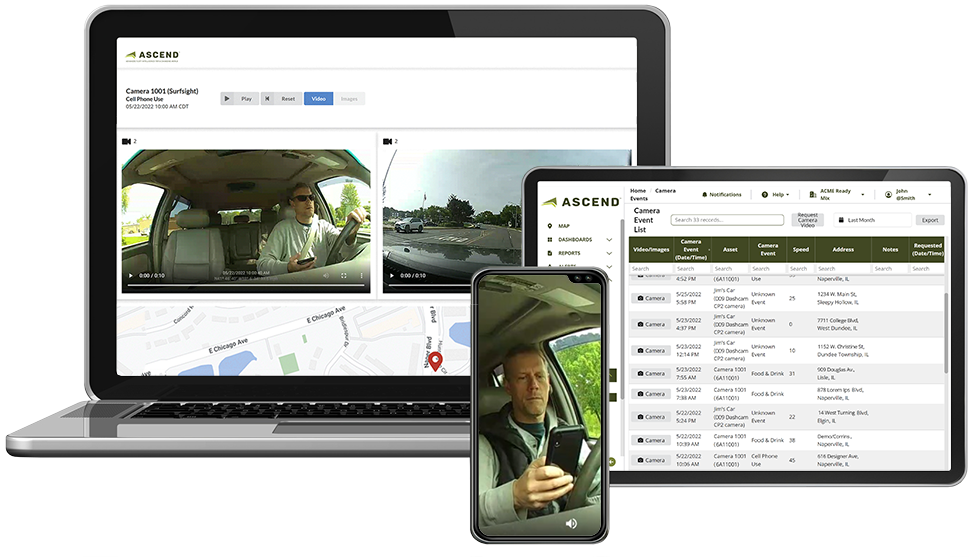As the number of serious accidents increases and commercial vehicles become targets, fleet operators must increase their focus on safety
Driving a truck or fleet vehicle has arguably never been easier – safer equipment, advanced technology, more automation of previously manual tasks. But in some ways, there’s never been a more challenging time to be behind the wheel – or to own or operate a fleet of commercial vehicles.
Accidents are all too common, distracted driving has become a major problem, and much to the consternation of fleet operators, commercial vehicles are increasingly targeted by those seeking to cash in through hefty insurance claims or legal settlements.
For fleet operators, addressing these challenges is critical, especially given the importance of keeping their drivers – the company’s greatest asset – and others on the road safe. The good news is that they have access to the technology and tools needed to promote safety, preserve their reputations, and safeguard their businesses.
Let’s examine the current state of highway safety, explore how technology – including dashcams and telematics – can prevent accidents by predicting their occurrence, and discuss the importance of a comprehensive safety program.
Trends in the Frequency and Cost of Traffic Accidents

Unfortunately for fleet operators, serious accidents have been trending upward for years. According to the Federal Motor Carrier Safety Administration, the number of fatal accidents involving large trucks and buses increased by 31 percent between 2010 and 2020. With more vehicles on the road coming out of the COVID-19 pandemic and an increase in trucking freight, which was up more than 23 percent in 2022, the number of accidents won’t likely decrease anytime soon.
And, of course, while accidents resulting in fatalities are tragic, accidents of lesser severity can still prove costly. Even a minor accident with no injuries can cost your company between $16,000 and $75,000 or more.
Driving these costs higher is the reality that commercial vehicles and the companies that own them are often targeted by those looking to cash in – whether the driver or company is at fault or not. In most U.S. cities of any size, it’s now common to see ads for attorneys looking to take on personal injury cases involving commercial trucks. Some people, meanwhile, are even investing in lawsuits against trucking companies.
While these numbers and developments are troubling, drivers and fleet operators aren’t entirely powerless when it comes to safety. Research has shown that almost 9 in 10 commercial crashes in the U.S. are due to avoidable driver error or risky driving behavior.
If fleet operators can spot these behaviors and take action to correct them – before they result in accidents – they can better protect themselves and their drivers to help make the road safer.
Identifying and Correcting Driver Behaviors That Predict Accidents
Most of the time, drivers engage in safe behavior and decision making. But there can be costly lapses. The National Highway Safety Administration (NHTSA) says that at any given time during the day, more than 850,000 U.S. drivers are texting or using their cellphones while behind the wheel. Meanwhile, speeding, another common – and dangerous – behavior, contributes to more than a quarter of all traffic deaths.
Research has identified other behaviors that not only contribute to accidents but also predict accidents. The American Transportation Research Institute has identified predictors of future crashes. They include convictions or citations issued to drivers for the following:
- Improper or erratic lane changes
- Involvement in a previous crash
- A failure to keep in proper lane
- Reckless driving
- Failure to yield right-of-way
- Failure to use/improper signal
- Improper lane/location
- Reckless, careless, inattentive, or negligent driving
What’s noteworthy about this list is that, with the dashcams now available that offer both driver- and road-facing views and that are integrated into a robust telematics system, most of these behaviors can be identified and corrected – before they result in an accident.
How Telematics and AI-Powered Cameras Capture
and Correct Unsafe Driver Behaviors
With the technology currently available, fleet operators can not only detect dangerous behaviors, but they can also correct them. This technology includes dashcams powered by artificial intelligence (AI) and that are connected into a telematics platform.
For example, if a fleet vehicle is outfitted with a “smart” dashcam that provides both driver and road views, the camera will be able to detect when the driver is distracted – looking at their phone, eating, etc. – and not safely operating the vehicle. By employing an algorithm, the technology uses cameras to help identify a wider range of potentially troublesome behavior and catalog the activity. Identifying these distractions is important as they are precursors to more dangerous behavior, such as swerving out of their lane, that can result in accidents.
It’s also important to note that these cameras can capture what the driver did in the event of an accident. That can include both behavior that may have contributed to the wreck and proper behavior that can show that neither the driver nor the company is culpable – an invaluable visual record that can help avoid costly citations, fines, or legal action.
When a camera is also connected to a telematics platform, the driver can be sent a real-time alert that prompts immediate corrective action. The telematics system, meanwhile, captures and shares a wealth of actionable data – not just dashcam views – including everything from location to status to engine performance and fuel efficiency to the need for maintenance. And it presents all this data on a single pane of glass.
Together, dashcams and telematics provide an invaluable one-two punch for more effectively and efficiently managing a fleet.
The Importance of a Comprehensive Safety Program
and the Role Telematics Plays
While the ability to detect and correct dangerous driver behavior represents a breakthrough in safety, the best approach is still to prevent risky behavior before it happens. That’s the role of a comprehensive safety program.
Some companies believe that equipping their vehicles with dashcams is all they need to do when it comes to safety. In reality, cameras should be just part of a company’s holistic commitment to safety.
An effective safety program will encompass driver training, coaching, ongoing communication, proper maintenance of vehicles and equipment, and the gamification of safety with driver safety scorecards, which can be part of a telematics’ systems functionality.
This multipronged approach is the best way to help cultivate a safety culture across your organization – and help your company avoid contributing to the rise in serious accidents.

